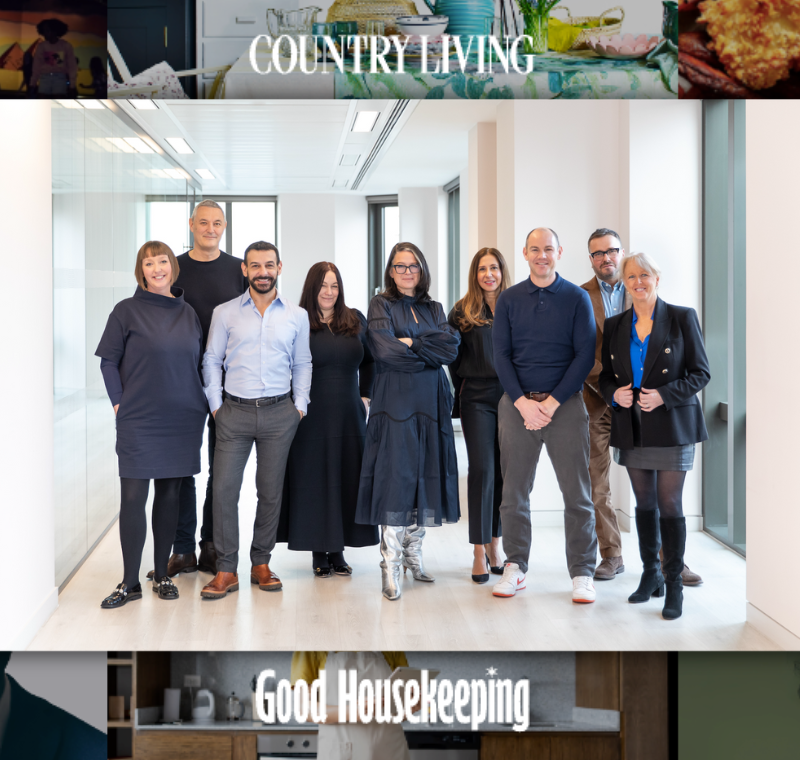New York magazine is going vertical to create distinction
min: In December 2014, you reached a record 32m unique visitors including your other sites like Vulture and The Cut, was there a reason for that traffic spike?
Ben Williams: I think we’re pretty much steady with that total this year and it does go up and down from month to month. But why did we hit that number in 2014, I think there’s a few reasons. There’s always a lot going on in the fall in terms of topics that we cover. We have fashion week coming back for The Cut and the fall culture season starts up for Vulture. People are back from summer and they’re looking at their computers a bit more. We also tend to save a lot of our most ambitious editorial online for the fall and we program deliberately into that kind of audience. We did a number of pop-up blogs and special packages that were very successful.
min: How much of that traffic was coming from mobile and how has your mobile audience grown since then?
Williams: I can’t tell you off the top of my head, but I can say for this year our mobile audience is up 84 per cent over 2014. So, we’re definitely seeing huge mobile audience growth.
min: How much traffic is referred through social media?
Williams: Facebook is our number one referrer and overall I’d say it’s somewhere in the 30-to-40 per cent range. But Google is still very important to us. Google is definitely a close second to Facebook with people searching for things. After that though, there’s a bit of a gap to the next sites. Twitter would probably be the next biggest on social, but it’s a lot smaller than Facebook.
min: How do you experiment with social to increase engagement and generate traffic back to your sites?
Williams: We have a team of editors that are posting on social constantly throughout the day and throughout the night. We have separate accounts for all the brands. We’ve been doing more on Instagram. We just started a Vulture Instagram and we’ve had an Instagram for The Cut for a while. We’ve been experimenting with new formats for a while; we’ve been doing these sort of custom quote cards on the different platforms where the social team works with photo and design to make these graphics that will take a quote from the article and post that directly onto social media. We also do custom graphics in a similar mold where we’ll take something from the article and make it special for social media. For the Cosby story that came out a month or so ago we also did some audio so you would see the picture of the woman featured on Instagram and then you would click the play button and hear the audio. When we got hacked, that was something that we leaned on a lot when pushing the story out.
min: Can you describe your vertical strategy for your other branded sites like The Cut and Vulture?
Williams: We’ve been doing verticals since the early days of the website. When we first started launching back in 2006, we had Daily Intelligencer, we had Grub Street, and then we launched Vulture. When we initially launched The Cut it was almost a pop up. We would do it during fashion week and it slowly grew into something bigger. Recently, we launched Science of Us and it’s sort of a blog vertical about social science. We’ve been doing [verticals] since the beginning and one of the appeals of that is to create distinct brands, you don’t really have to know that it has anything to do with New York magazine. Some people know and some people don’t and we’re fine either way. What’s happened over the years, especially in the case with Vulture and The Cut, is we’ve seen big opportunities in terms of both audience and business and so we’ve grown those into sites unto themselves.
Read the full article here
More like this
Video: Publishers still missing an opportunity with social media
Hear how top brands approach content in a social-dominated media world
Growth in mobile video viewing is game changer for digital advertisers









